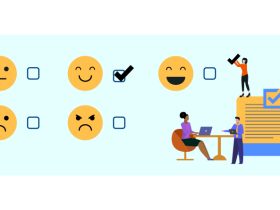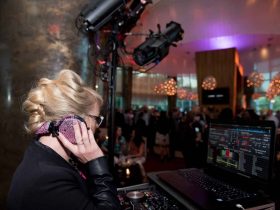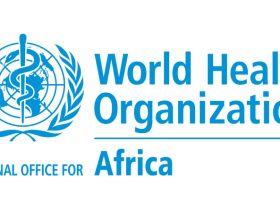At a young age, I received a dyslexia and dyspraxia diagnosis. The terms neurodiversity and neurodivergent, however, are somewhat new to me, so I questioned whether this was true for society as a whole. To find the solution, I visited Google Trends. The terms were first used in 1998, although in the UK, the relative popularity of the search term “neurodiversity” has only increased in the last three years. The phrase was scarcely studied before that. Although this growth indicates a demand for information on the subject, I wonder if the healthcare communications sector knows and does enough to fully comprehend and accommodate the demands of neurodivergent individuals in all that we do.
This is crucial since one in five adults has a neurodiverse disorder that affects how they process or react to information. This describes individuals with diagnoses like autism, ADHD, dyslexia, dyspraxia, dyscalculia, dysgraphia, and tic disorders like Tourette’s syndrome who act, think, process, or perceive information differently than most other people.
Since most people can access and understand educational materials and tools, we in the industry have done a very decent job of promoting health literacy norms and practises. We take into account how the material is laid up, the use of simple language, the use of active rather than passive words, and the platforms and formats that are employed. Although the industry doesn’t always get it right, the information generated now is more carefully thought out than in years past.
Research and open dialogue regarding the general public’s inadequate health literacy and how to satisfy this need were crucial steps in achieving this behaviour change. This opened the door for explicit guidance frameworks that serve as the cornerstone for long-term transformation in how we create educational resources.
But surprisingly, there are just 110 publications on PubMed that discuss the accessibility of health information for people with neurodiverse communities, compared to 9,644 articles that discuss the accessibility of health information for the general population. This begs the question of whether our industry is sufficiently knowledgeable about the subtleties of neurodiversity to guarantee that all communications are being generated to the highest possible standard.
Is this demographic being fairly represented, given that 20% of adults—including patients, medical professionals, and other stakeholders we hope to engage—are neurodiverse? Are members of this group being effectively encouraged to express their opinions or those of the neurodiverse community they are a part of?
We must become comfortable discussing neurodiversity in the absence of research. I support open discussion with the neurodiverse community to pinpoint areas for development. Thinking about your company’s awareness of neurodiversity and its various manifestations is a good place to start for everyone. Is the environment you’re now operating in inclusive? Would it be possible to modify procedures to make them more inclusive and take into account neurodiverse conditions?
Also Read :IMPORTANT NOTICE MELBOURNE STARS FASHION GLASSES
Our daily grind includes steering committee meetings, advisory board gatherings, and other forms of collaboration, but how frequently are attendees asked whether they have accessibility requirements beyond the obvious physical ones? What are the effects of letting people endure an uncomfortable meeting while their needs are not taken into account? In response, I questioned my neurodiverse colleagues about the minor adjustments that business might make to foster a culture where neurodiverse people feel free to express their opinions. These are their suggested readings. :
- When discussing neurodiversity, don’t be afraid to listen, learn, and adapt.
- When questioned, someone finds it much simpler to explain their demands. If this becomes the standard, accessibility requirements can be prepared for.
- Before meetings, discuss pre-readings and questions that are being posed. More time facilitates information processing and preparation.
- Ask participants to submit their own nominations for flip-chart notes rather than assigning someone the task because they might be aware of any spelling mistakes. Avoid correcting someone’s spelling in the middle of a meeting since it can undermine their confidence.
- Do not use acronyms or jargon, and spell out any words that are difficult or scientific. Let’s accept it as normal to not know how to spell a new term.

















Leave a Reply